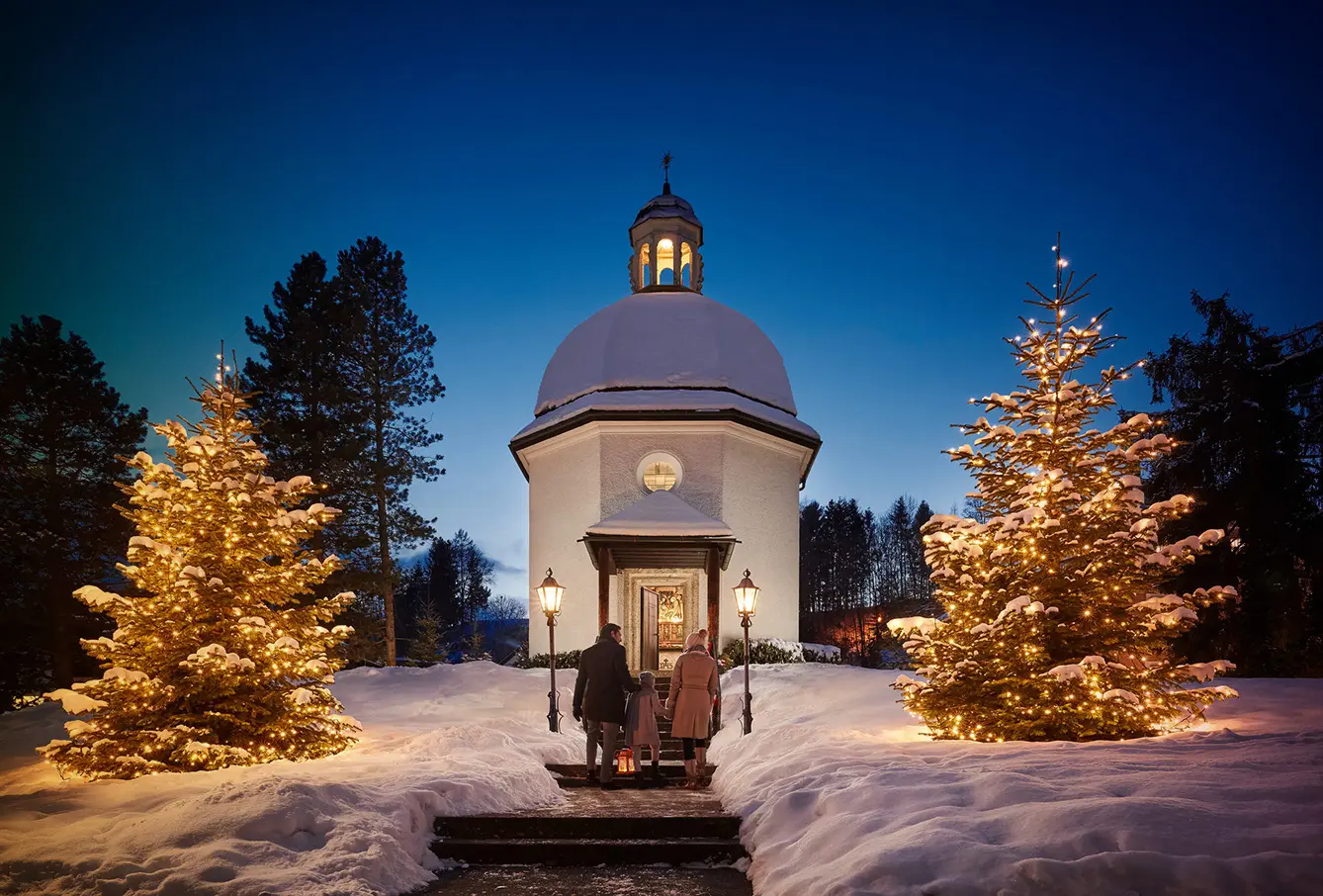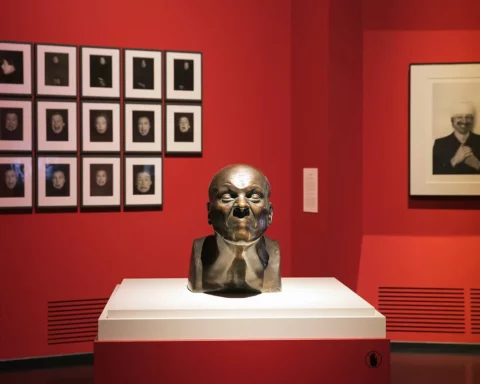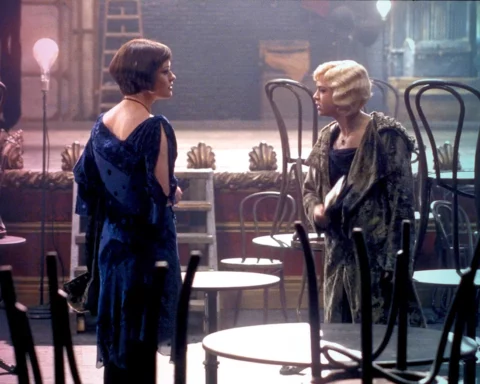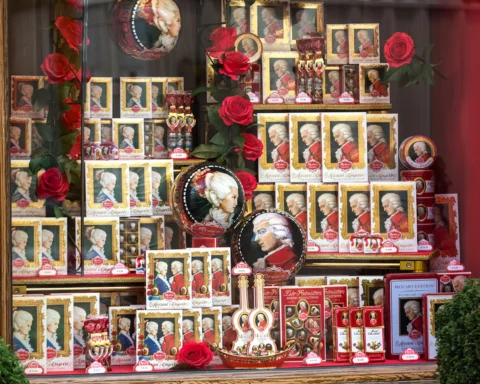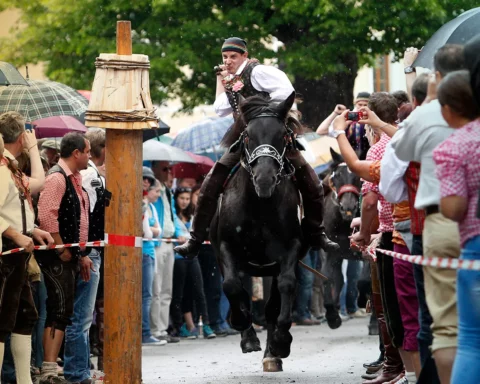Stille Nacht, or Silent Night in English, is one of the most charming lullabies praising the birth of Jesus Christ that was ever written. Its soft melody sounds in temples and houses all around the world during the Christmas season. Like every work of art, it had to be conceived in someone’s mind, put into writing, performed, and given to the people. And we are lucky to know exactly who we have to thank for bringing us this festive tune.
Let’s travel to Austria
To visit the land of the Silent Night carol, we need to travel to Austria. There, not far from Salzburg, in the small town of Oberndorf, the gentle notes of the carol sounded for the first time. It was the Christmas Eve of 1818. Joseph Mohr, an Austrian priest of the Roman Catholic Church, showed a poem we had written earlier to his friend, Franz Xaver Gruber, an Austrian school teacher and composer, asking him to write a suitable melody. That same day, they performed the composition for the first time at the evening mass. It took one afternoon to put together a carol that was to be translated into over 300 languages and carried to the ends of the Earth.
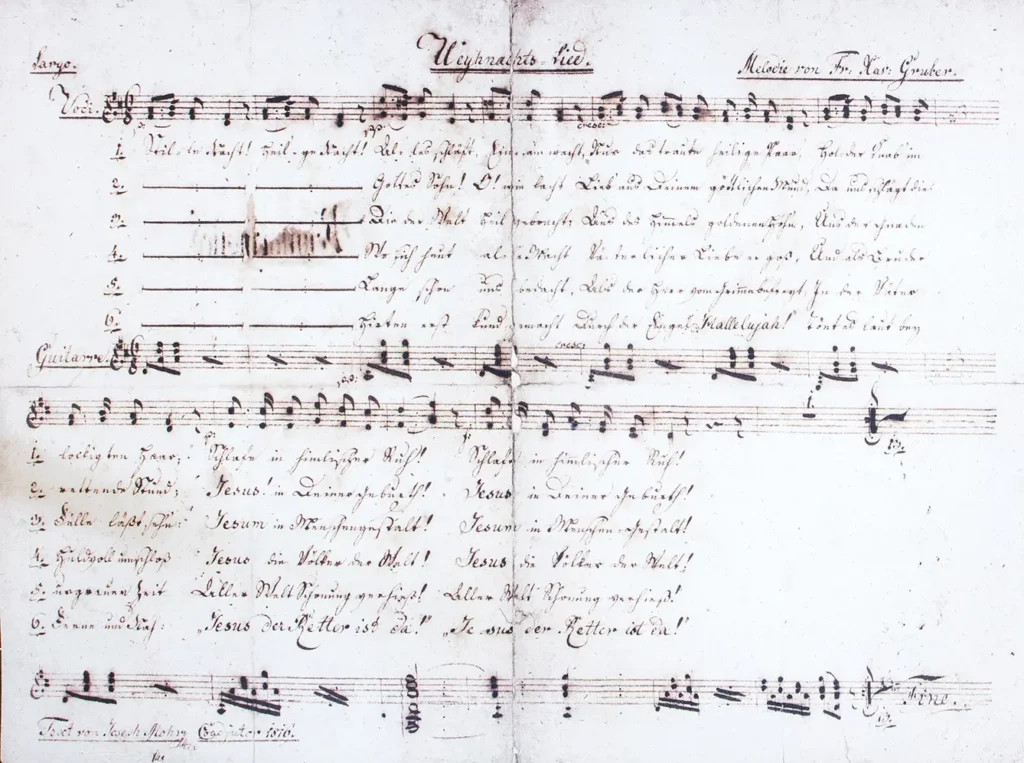
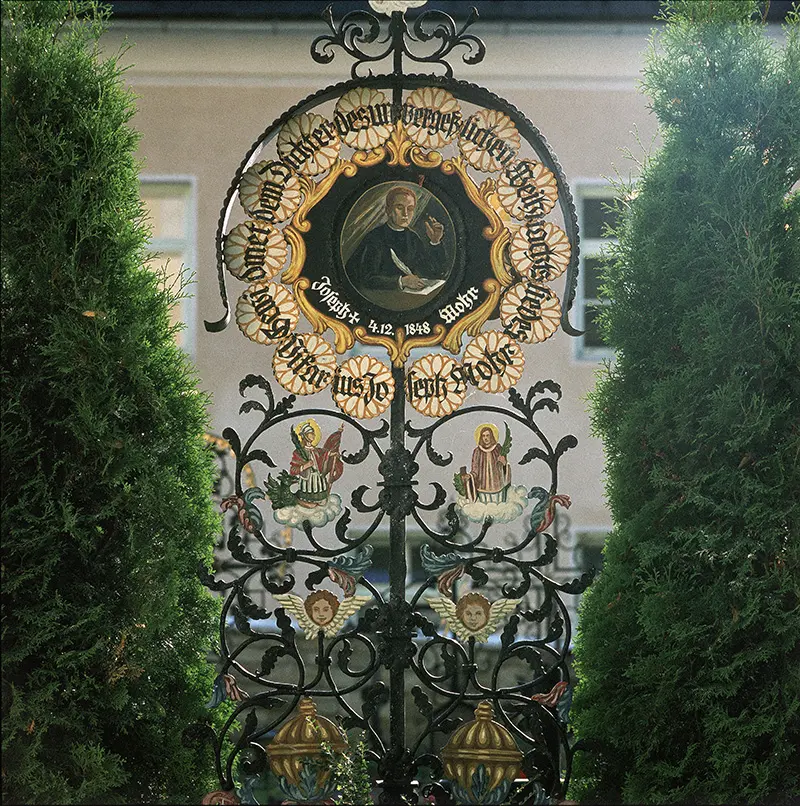
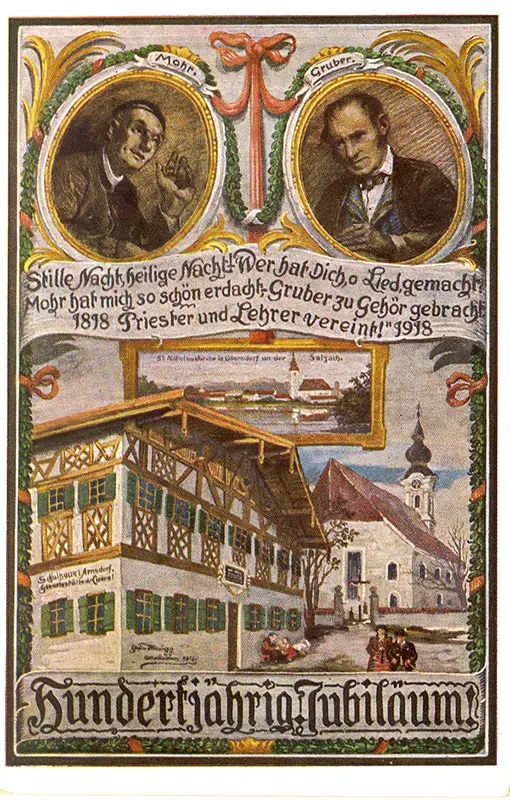
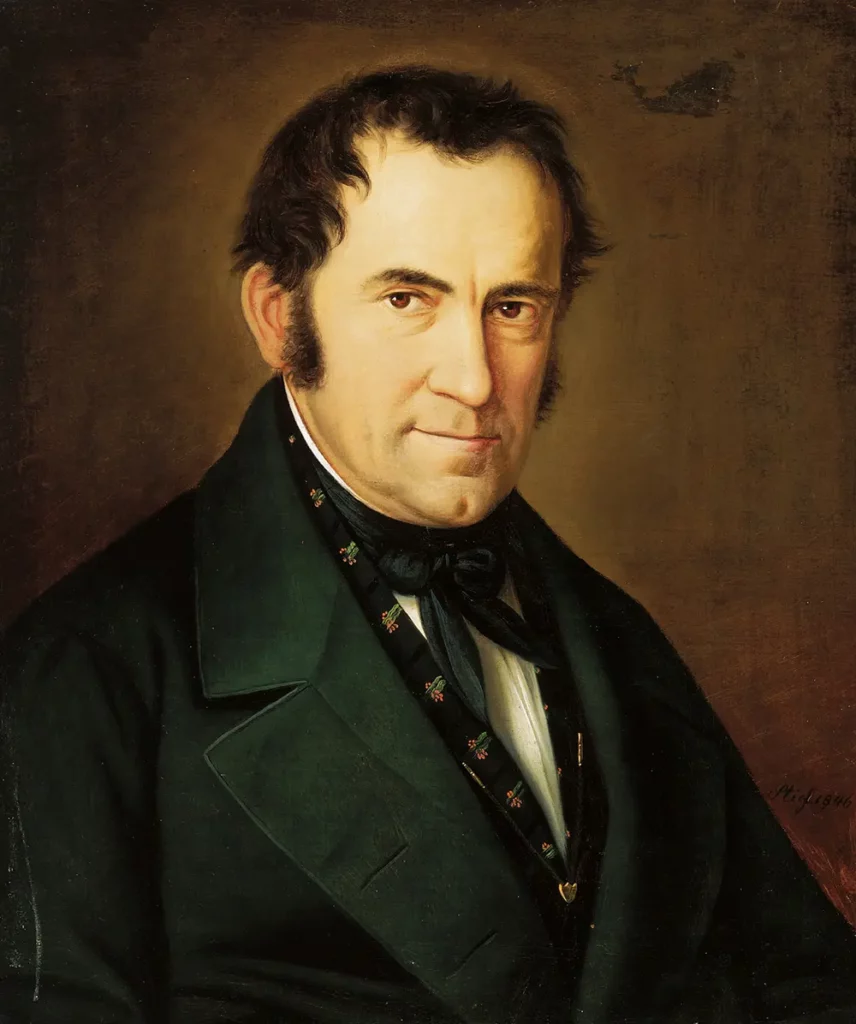
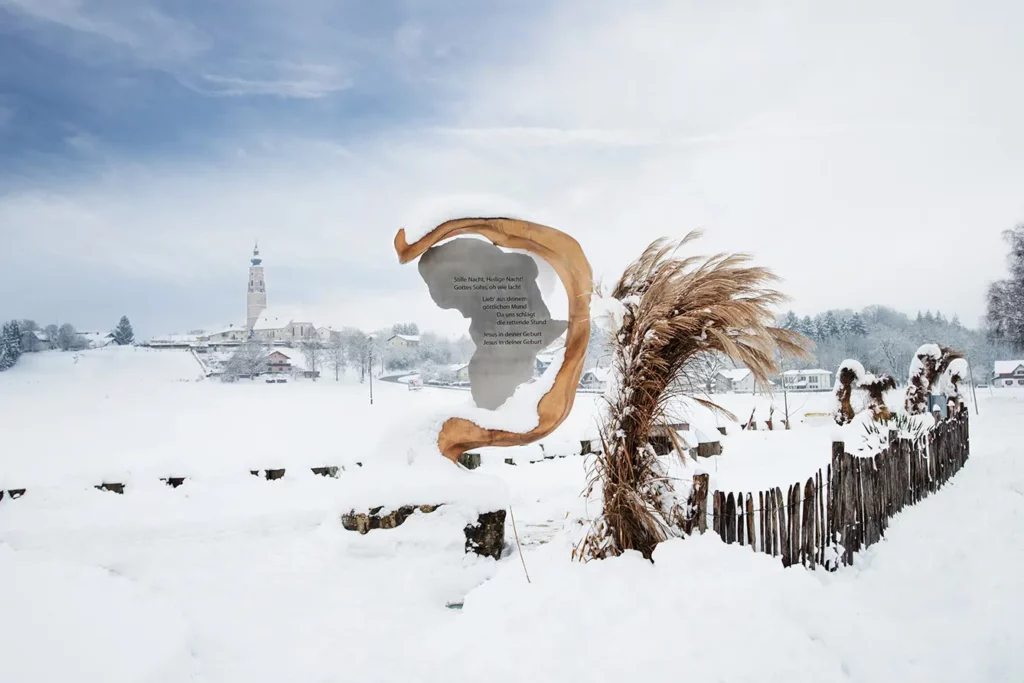
And just how did the humble Christmas carol become an international hit? A document written by Gruber in 1854 states that the carol was popular in the Ziller Valley. Loved by the people, it was woven into shows of traveling folk singers. They took it over the ocean and performed it on Wall Street in 1839. German missionaries did a similar thing. They spread the song as far as Tibet and Alaska, translating it into local languages. The lyrics and the tune would steal the hearts of all nations, building bridges between nations and uniting generations.
The most famous performance of Silent Night
The most famous performance of the carol took place without any audience but went down in history, written in red letters. On a cold Christmas Eve night in 1914, the armies of British and German soldiers were stationed on their front lines in Flanders. Then it happened. According to a witness account, a German officer, Walter Kirchhoff, who was a tenor at the Berlin Opera, started singing in a clear, loud voice: Stile Nacht! Heilige Nacht! The words and melody carried far. You could not hear the shooting anymore, but suddenly, an echo replied in English – the British started singing the English version. Slowly, the men from both sides crawled to the No Man’s land, and for one night, the Night of Christmas Eve 1914, they saw each other for who they were – men, fathers, sons, and brothers.
World heritage
The Austrians treat the carol as their national treasure, and they are right to do so. In 2011 Silent Night was added to the UNESCO list of intangible cultural assets. Although the church where the first performance took place did not stand the test of time, a Silent Night chapel was completed in 1936 in its place. Every year since 1953, people all over the world flock here on Christmas Eve to hear the carol performed at 5 pm.
The message of the composition is that of hope, love, and grace. Regardless of the faith we hold, it reminds us that we are all but the same. If, by any chance, you happen to travel to Austria around Christmas time, hopefully, you will have the opportunity to visit the modest chapel that commemorates the creation of one of the most universal religious songs in the history of mankind.
And if not, we hope that, from now on, whenever you hear the tune of Silent Night, you will spare one moment to remember two Austrians who, despite the bitter cold, got together and, through their work, wanted to celebrate the day of remembrance of their God’s incarnation by translating the message of peace, hope, and love beyond boundaries into words and music. Especially since they did it so well.


